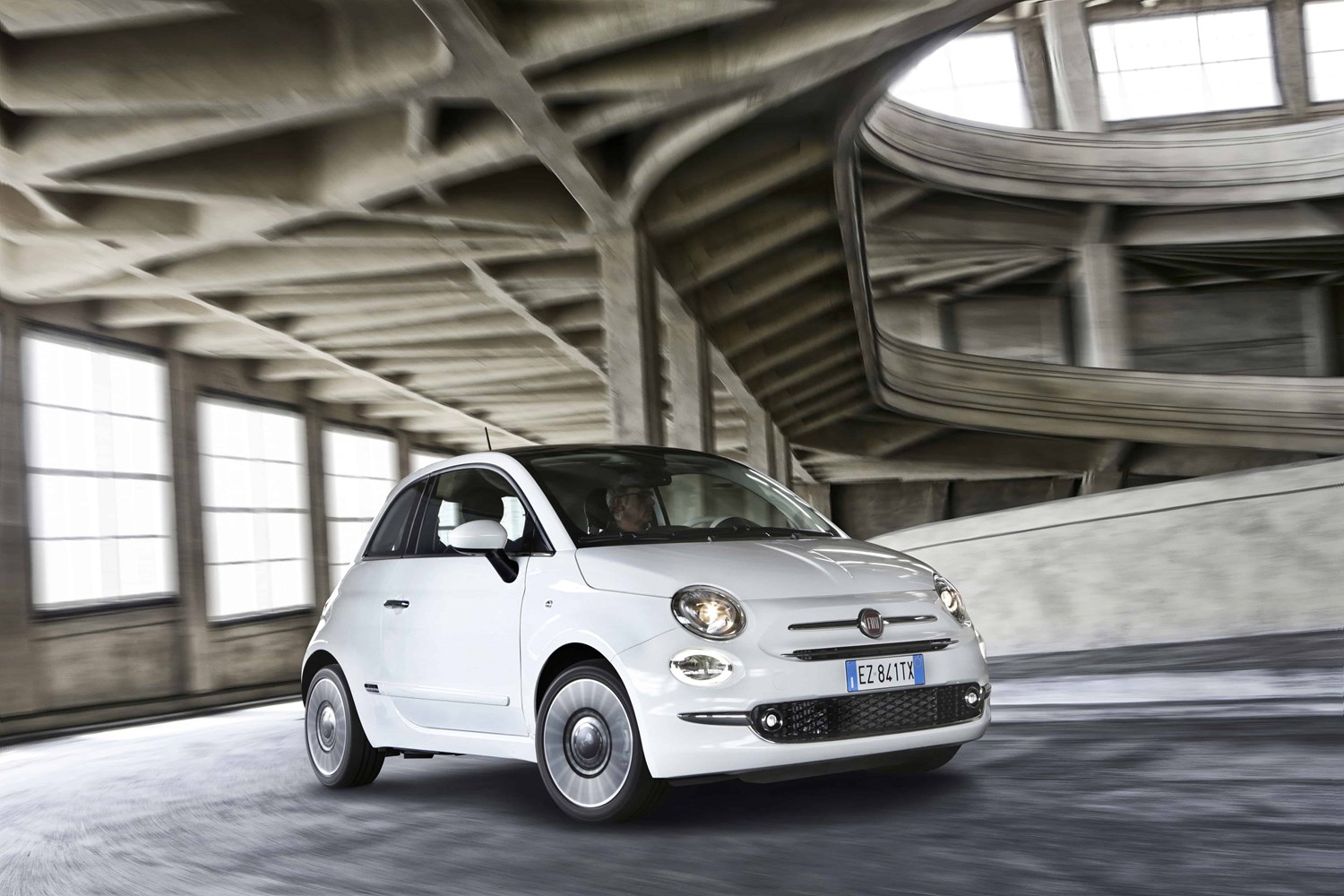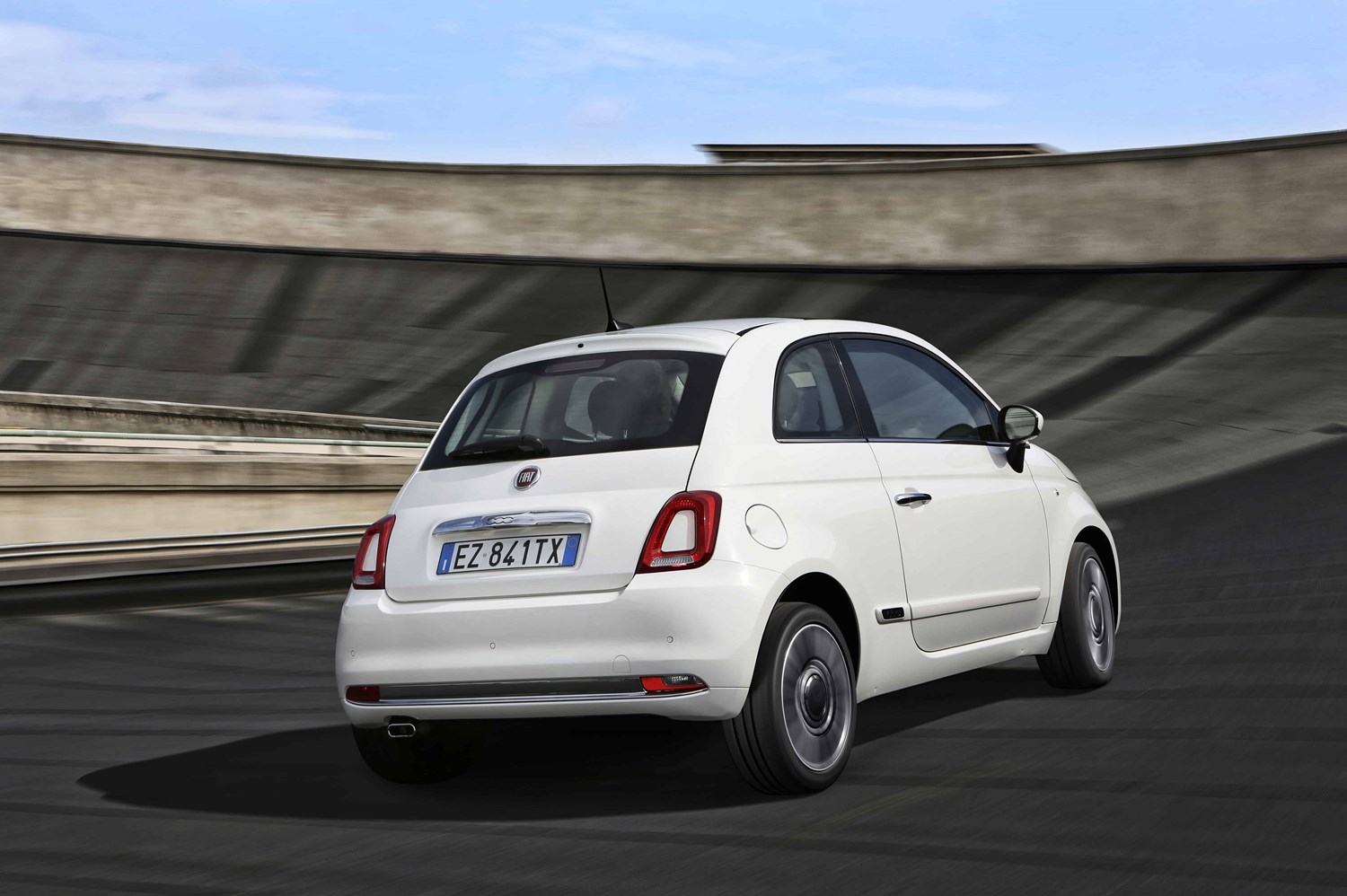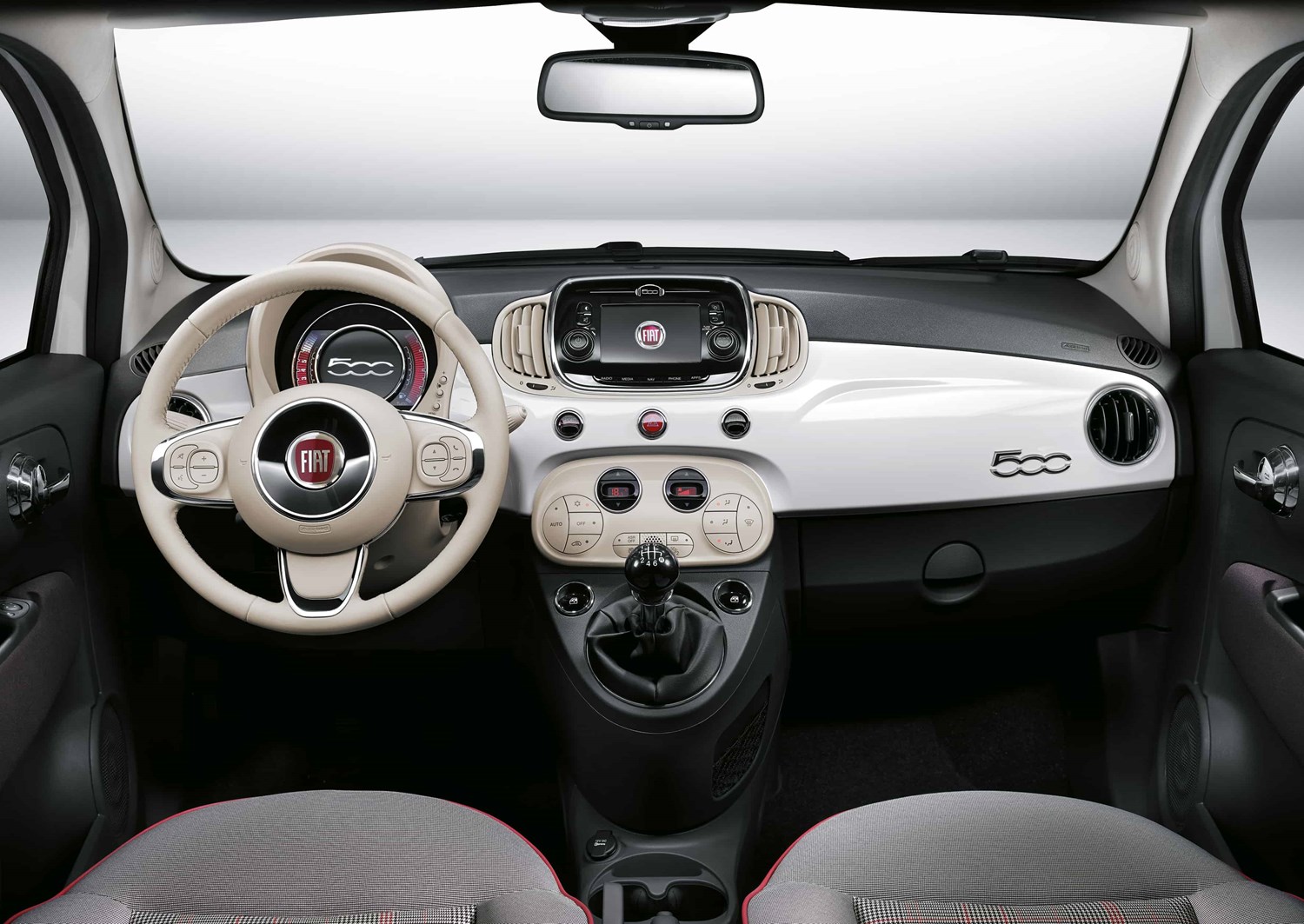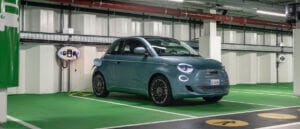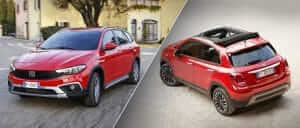Latest model
The Fiat 500 received a styling overhaul for 2016, including a redesigned grille and bumpers, new paint colours, plus new paint colours and trim levels.
It also received a selection of new, Euro6 emissions regulation-compliant engines, and a renewed marketing push.
The model is also available as a convertible, dubbed the 500C.
Value for money
The base price for the 500 is a rather pricey £12,165; comparative city cars such as the Volkswagen Up! are available for over £2,000 less.
This is thanks in part to the 500s status as something of a fashion accessory, which has helped it maintain its popularity despite in effect being a 12-year-old car.
On the used market, the 500 can be found from just under £2,000, though an alarming number of these are being sold as Cat D, Cat C or Cat N cars, which means that will have been written off by an insurer due to the prohibitive cost of repair, and then rebuilt again.
However, those that have not been subject to such issues look to be quite a smart buy, with low-spec cars that have covered less than 70,000 miles on the clock going for under £2k.
Examples with less than 40,000 miles can be found from around £3,000, though of course, these cars are all pre-facelift models.
Just under £5,000 will buy you base-model, post-facelift cars, which are once again impressively low on miles; a majority of them have well under 35,000 miles on the odometer. Meanwhile, cars of a higher spec than the base ‘Pop’ model start from around £6,300.
Nearly-new 2018 cars with less than 10,000 miles on the clock can be found for under £8,000.
Looks and image
There’s no denying that there is also some substance to the 500, and some things it does rather well, but the fact is that with this car, style is king.
Personalisation is a big factor with the 500, also which is why – despite there being many good value used options out there – the cute city car continues to be ordered en mass; plenty of its drivers simply love the ability to forge a style of their own, rather than hoping that they find something in a spec that suits them.
If you are looking at buying used, one blessing of the lack of generation shift to date is that cars from ten years ago look very similar to the current car, and will likely be indistinguishable to all but trained eyes.
Of course, as it is basically a decade old, many rivals have surpassed when it comes to standard kit and driving dynamics, including the Kia Picanto, the Volkswagen Up! and its sibling cars from Seat and Skoda.
While country roads are unlikely to be on the itinerary of a 500 driver on a regular basis, it is worth noting that the steering feel is very sub-par, and the body is very prone to lean. However, the extreme lightness is ideal for the city, and given that’s where most of the car’s time is spent, this seems like a reasonable compromise.
